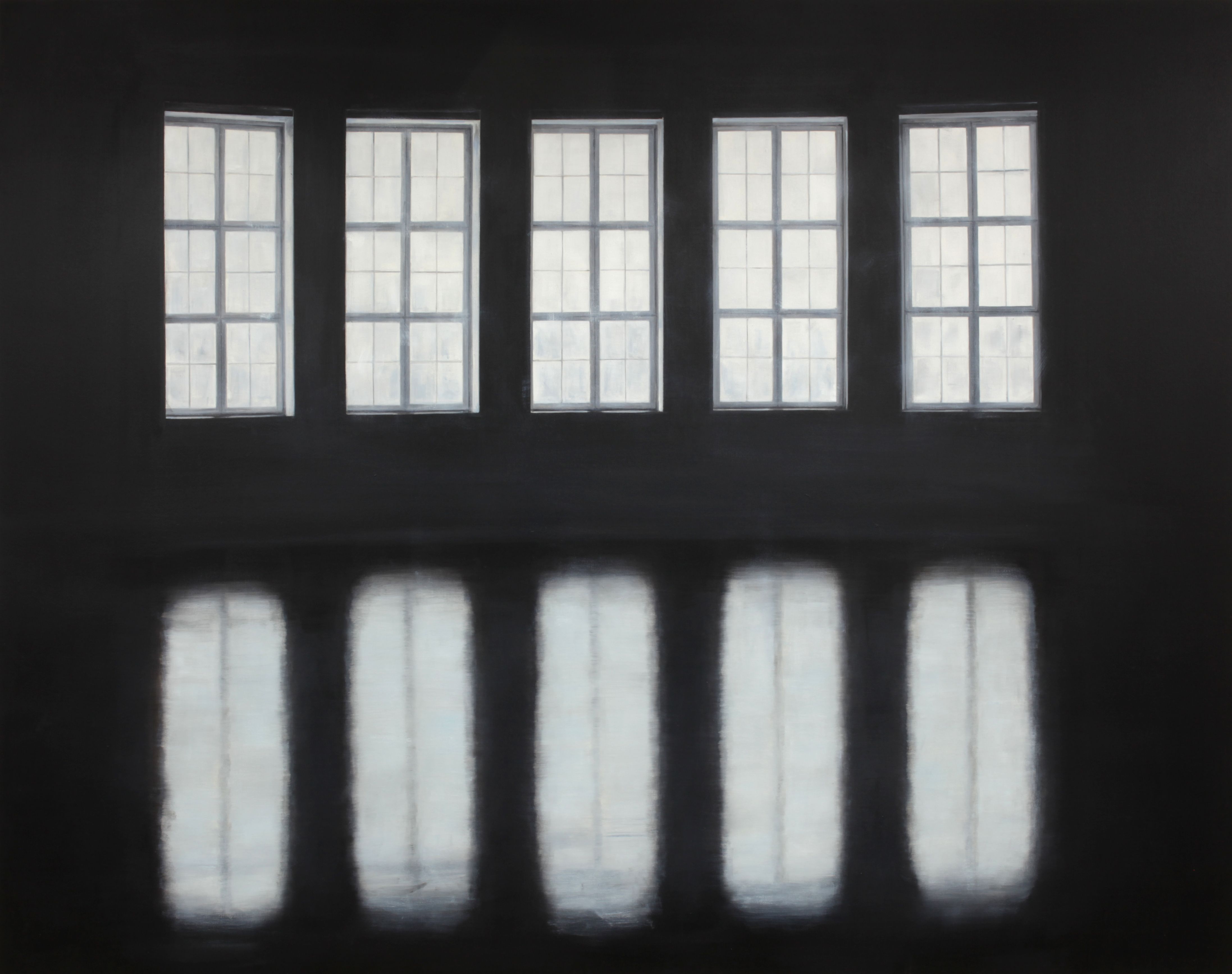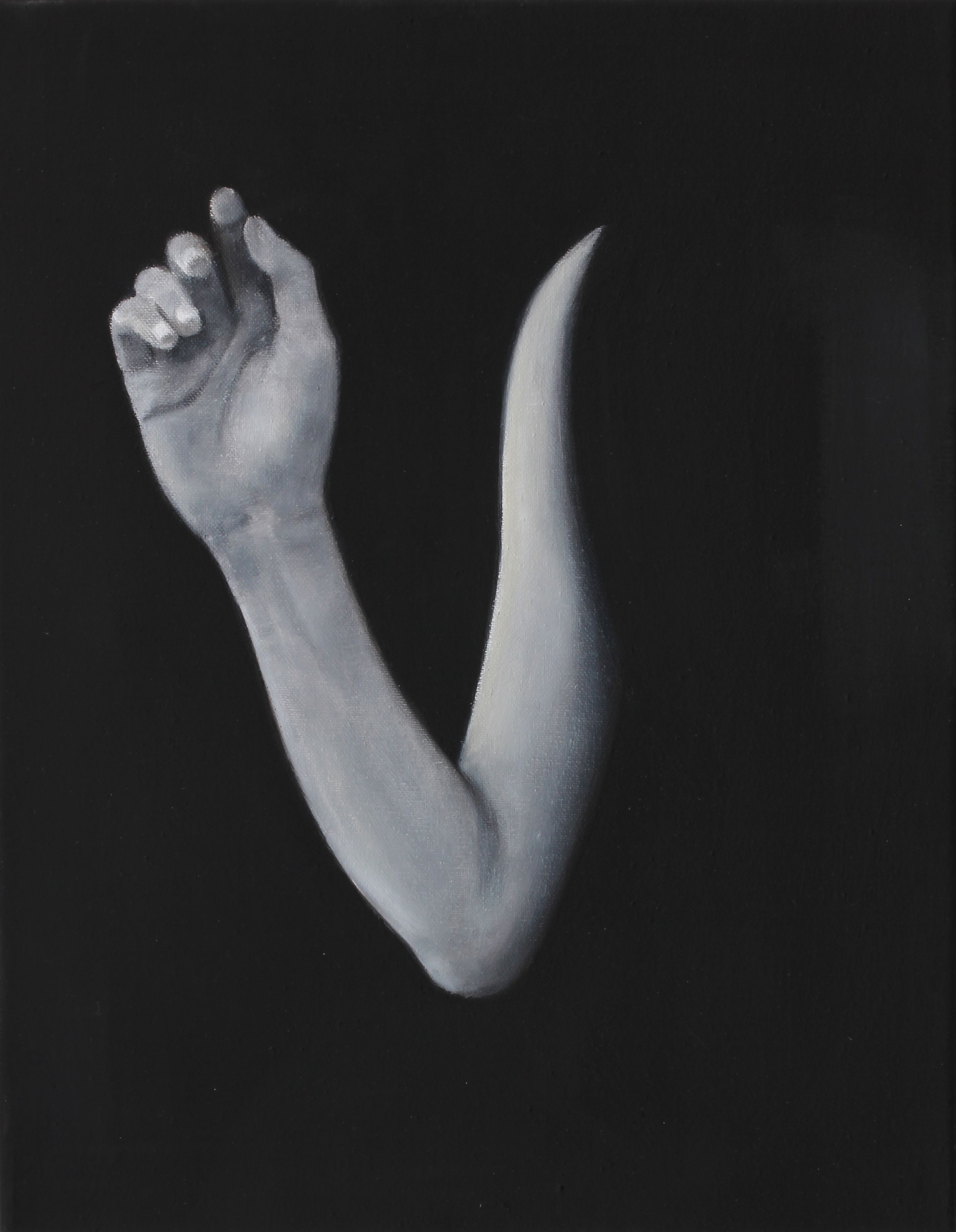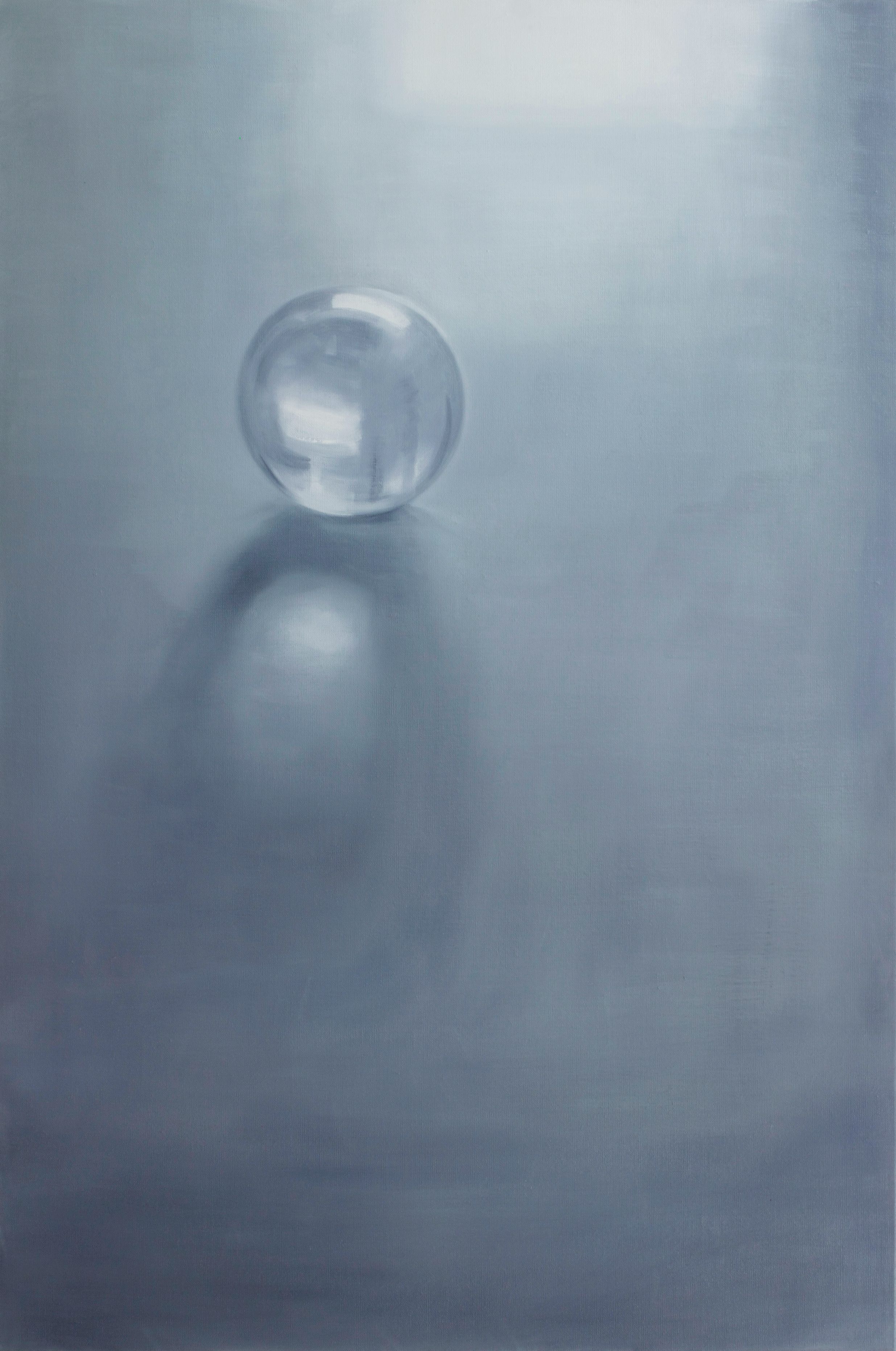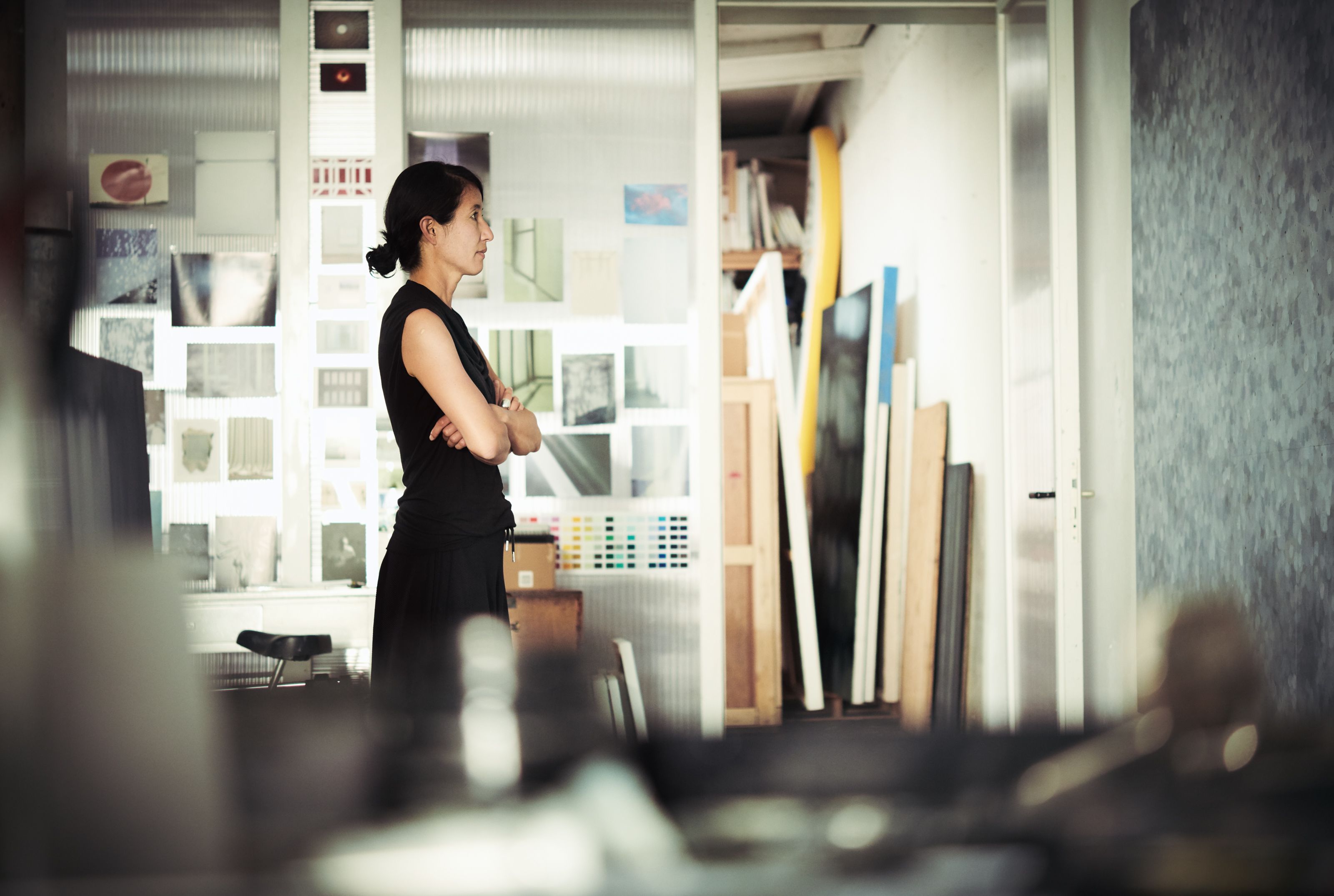A Room of One’s Own — Miwa Ogasawara Solo Exhibition
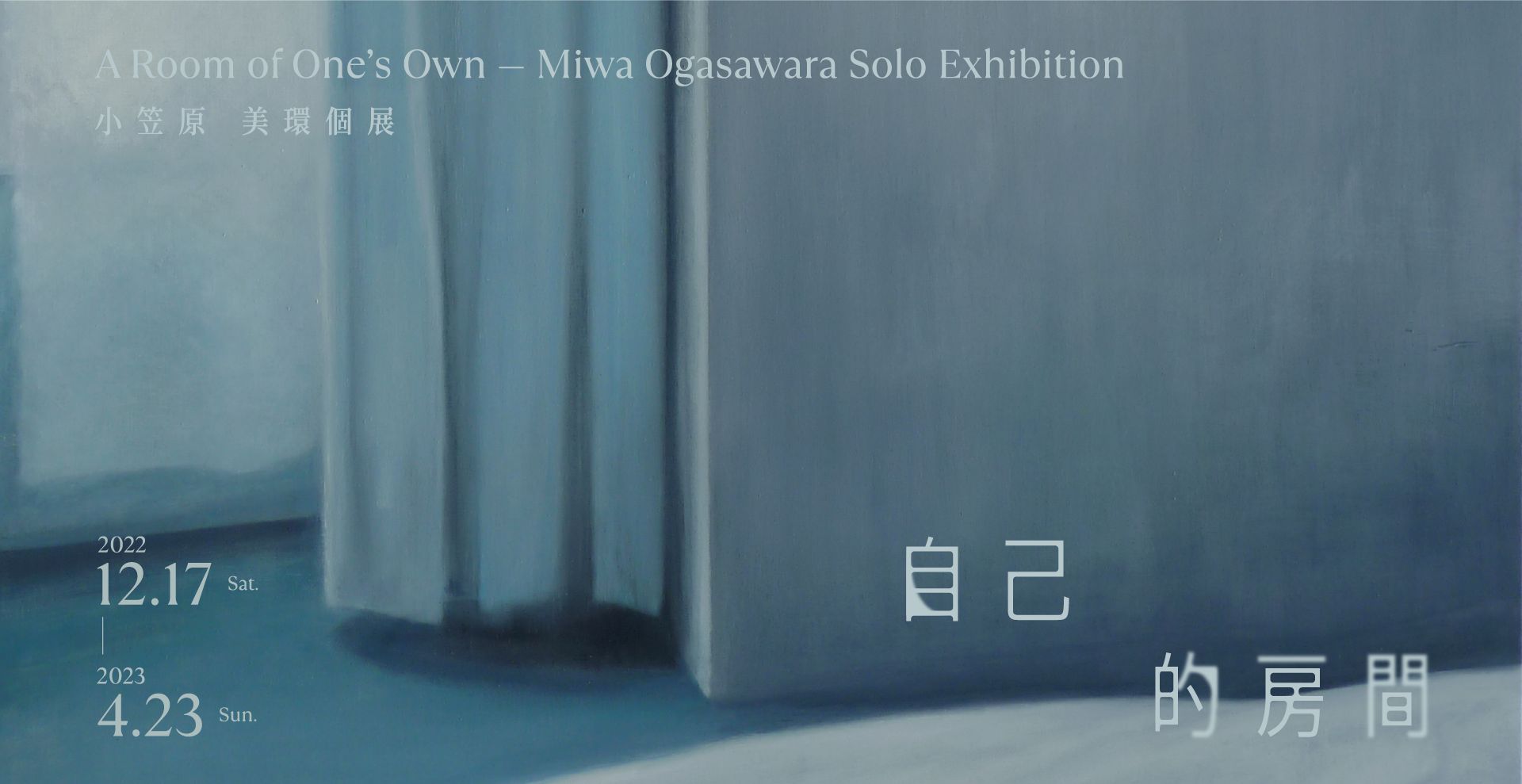

2022.12.17 - 2023.04.23 | 1F-2F, Yu-Hsiu Museum of Art
Introduction
The work of Miwa Ogasawara is always enshrouded in a unique atmosphere. Clues are indistinct and ambiguous; facts and events seem to be missing. The artist deliberately renders her images blurry, which weakens the sense of volume of objects and material forms, and to a certain extent, removes their substantial existence. Spectators, therefore, are unable to associate these images with situations in the real world, but will instead find a channel to gaze inward. What Ogasawara seeks to explore is the fundamentals of humanity: What exactly makes us who we are today? How do we exist? How complicated and baffling our existence and the working of the mind are indeed.
The works of Ogasawara look like dreams visualized in real life. However, they present no narratives of dreams; contrarily, they are embedded with hints and metaphors. The world she creates through her works is constituted of light and shadow, and moves between truth and reality, always relating to different states and formation. Light and shadow signify time. Yet, the balance between light and darkness in everyday life also points to the contradictory nature inherent in things surrounding our lives, which reminds us of the color gray—a color used by the artist habitually, which unveils a world mixing black and white, or right and wrong, accumulated from innumerous layers of feelings and emotions in life.
I invite viewers to explore their own response about sensitive humanity out of their own memories and experiences. — Miwa Ogasawara
This exhibition borrows its title from the homonymous work by the English writer, Virginia Woolf. To the feminist writer, having one’s own room symbolizes breaking through the social shackles imposed on women in the twentieth-century English society. Hoping to open up an interstice in the predicament facing women authors, she fights for a world with more creative freedom for women artists. In this exhibition, on the other hand, A Room of One’s Own refers to a room that belongs to oneself, in which one can be free to store, shift, or discard—in this intimate process of thinking, one gets to freely perceive the changes of time and light, as well as the reflection of one’s state of mind.
Artists' Profile

Miwa Ogasawara
Miwa Ogasawara (b. 1973) was born in Kyoto, Japan. She moved to Hamburg, Germany in 1991, and graduated from the University of Fine Arts Hamburg (HFBK). Ogasawara spent her childhood immersing the natural environment of suburban Kyoto. Even though she left Japan at the age of fifteen to live first in the US and then Germany, her thoughts and perception about life and artistic creation have been influenced by her parents.
Ogasawara’s mother was dedicated to women’s liberation. Both her parents possessed an uncompromising spirit, and strongly questioned the authoritarian atmosphere and economic monopoly characterizing the post-war Japan in the late 80s. Instead, they focused on the uniqueness and autonomous development of individuals, and consequently founded the Soyokaze Kindergarten (雑創の森学園) in suburban Kyoto, where one would find Kijo Rokkaku’s architecture, Susumu Shingu’s kinetic sculptures, etc. It was in such learning environment that the artist was brought up.
To Ogasawara, childhood is the most vital formative period of humanity, as well as an important time for all of us. She has always been curious about humanity; and this curiosity has driven her thinking about artistic creation: How is our humanity formed and shaped? How do we become “human”? What is humanity? What makes human beings special? The artist explores the nature of the humankind through art, and utilizes blurry, ambiguous silhouettes, light, shadow, and the color gray to unveil seams and gaps that allow her audience to gaze inward and reconnect with their own experiences and memories.
Ogasawara has exhibited in Germany, Japan, France, the US, etc. Her recent solo exhibitions include A Room of One’s Own (Yu-Hsiu Museum of Art, Nantou, 2022); Unspoken (Tom Reichstein Contemporary, Hamburg, 2021); Figur im Raum, B-Part (funded by the Konrad Adenauer Foundation, Berlin, 2020); Picturing (Galerie Im Marstall, Ahrensburg, 2020); and Kowaremono (Maho Kubota Gallery, Tokyo, 2018).
Her recent group exhibitions include Übers Meer (Galerie Albrecht, Berlin, 2022); Infinity (Loock Galerie, Berlin, 2022); Winter (Maho Kubota Gallery, Tokyo, 2021); The Poetic Realm (Yu-Hsiu Museum of Art, Nantou, 2021); Feelings (Pinakothek der Moderne, Munich, 2020); and Still (Loock Galerie, Berlin, 2019).
Ogasawara’s works are included in numerous public and private collections, including the Centre Pompidou, the Bundeskunstsammlung, the Junge Kunst im Bundesministerium für Umwelt (Bonn), the Jil Sander Collection (Hamburg), the Burger Collection (Zurich/Hong Kong), the Guttman Collection (New York), the Arario Museum (Seoul), and the Yu-Hsiu Museum of Art (Taiwan).
